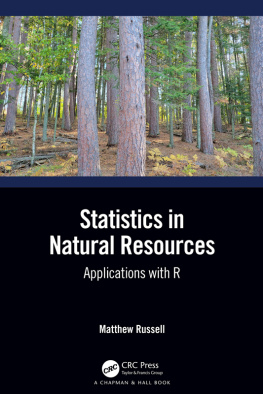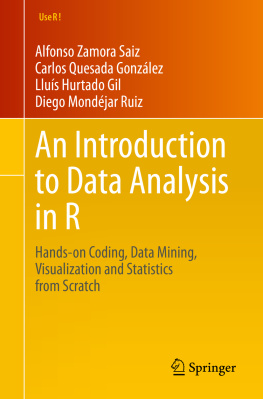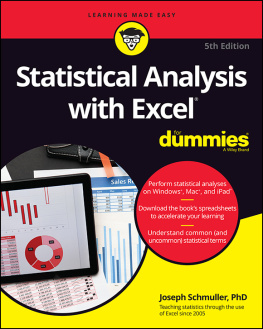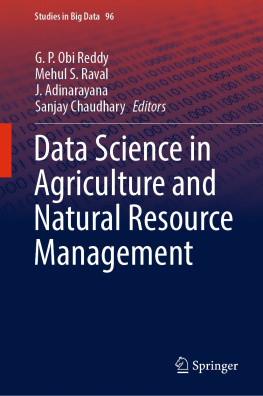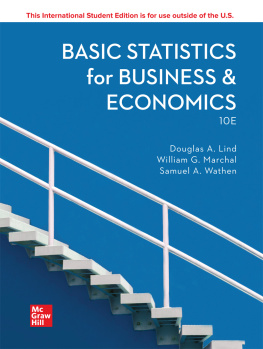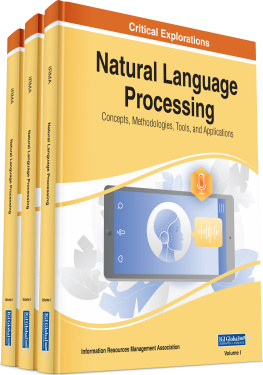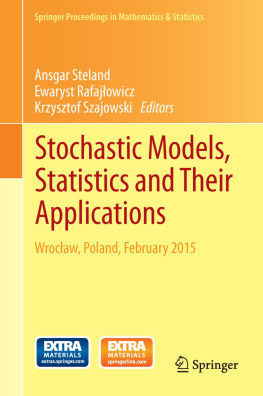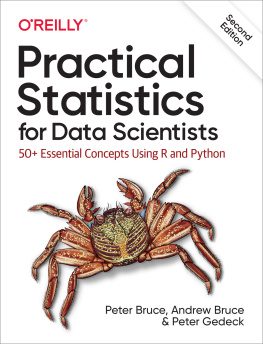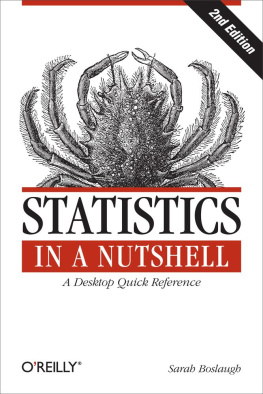Matthew Russell - Statistics in Natural Resources: Applications with R
Here you can read online Matthew Russell - Statistics in Natural Resources: Applications with R full text of the book (entire story) in english for free. Download pdf and epub, get meaning, cover and reviews about this ebook. City: Boca Raton, year: 2022, publisher: CRC Press/Chapman & Hall, genre: Computer. Description of the work, (preface) as well as reviews are available. Best literature library LitArk.com created for fans of good reading and offers a wide selection of genres:
Romance novel
Science fiction
Adventure
Detective
Science
History
Home and family
Prose
Art
Politics
Computer
Non-fiction
Religion
Business
Children
Humor
Choose a favorite category and find really read worthwhile books. Enjoy immersion in the world of imagination, feel the emotions of the characters or learn something new for yourself, make an fascinating discovery.
- Book:Statistics in Natural Resources: Applications with R
- Author:
- Publisher:CRC Press/Chapman & Hall
- Genre:
- Year:2022
- City:Boca Raton
- Rating:4 / 5
- Favourites:Add to favourites
- Your mark:
Statistics in Natural Resources: Applications with R: summary, description and annotation
We offer to read an annotation, description, summary or preface (depends on what the author of the book "Statistics in Natural Resources: Applications with R" wrote himself). If you haven't found the necessary information about the book — write in the comments, we will try to find it.
To manage our environment sustainably, professionals must understand the quality and quantity of our natural resources. Statistical analysis provides information that supports management decisions and is universally used across scientific disciplines. Statistics in Natural Resources: Applications with R focuses on the application of statistical analyses in the environmental, agricultural, and natural resources disciplines. This is a book well suited for current or aspiring natural resource professionals who are required to analyze data and perform statistical analyses in their daily work. More seasoned professionals who have previously had a course or two in statistics will also find the content familiar. This text can also serve as a bridge between professionals who understand statistics and want to learn how to perform analyses on natural resources data in R.
The primary goal of this book is to learn and apply common statistical methods used in natural resources by using the R programming language. If you dedicate considerable time to this book, you will:
- Develop analytical and visualization skills for investigating the behavior of agricultural and natural resources data.
- Become competent in importing, analyzing, and visualizing complex data sets in the R environment.
- Recode, combine, and restructure data sets for statistical analysis and visualization.
- Appreciate probability concepts as they apply to environmental problems.
- Understand common distributions used in statistical applications and inference.
- Summarize data effectively and efficiently for reporting purposes.
- Learn the tasks required to perform a variety of statistical hypothesis tests and interpret their results.
- Understand which modeling frameworks are appropriate for your data and how to interpret predictions.
- Includes over 130 exercises in R, with solutions available on the books website.
Matthew Russell: author's other books
Who wrote Statistics in Natural Resources: Applications with R? Find out the surname, the name of the author of the book and a list of all author's works by series.

